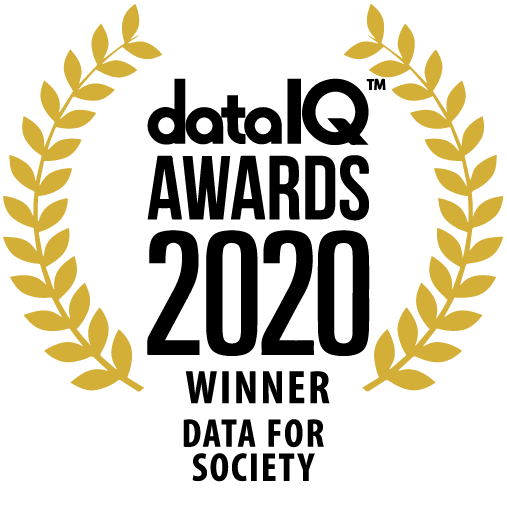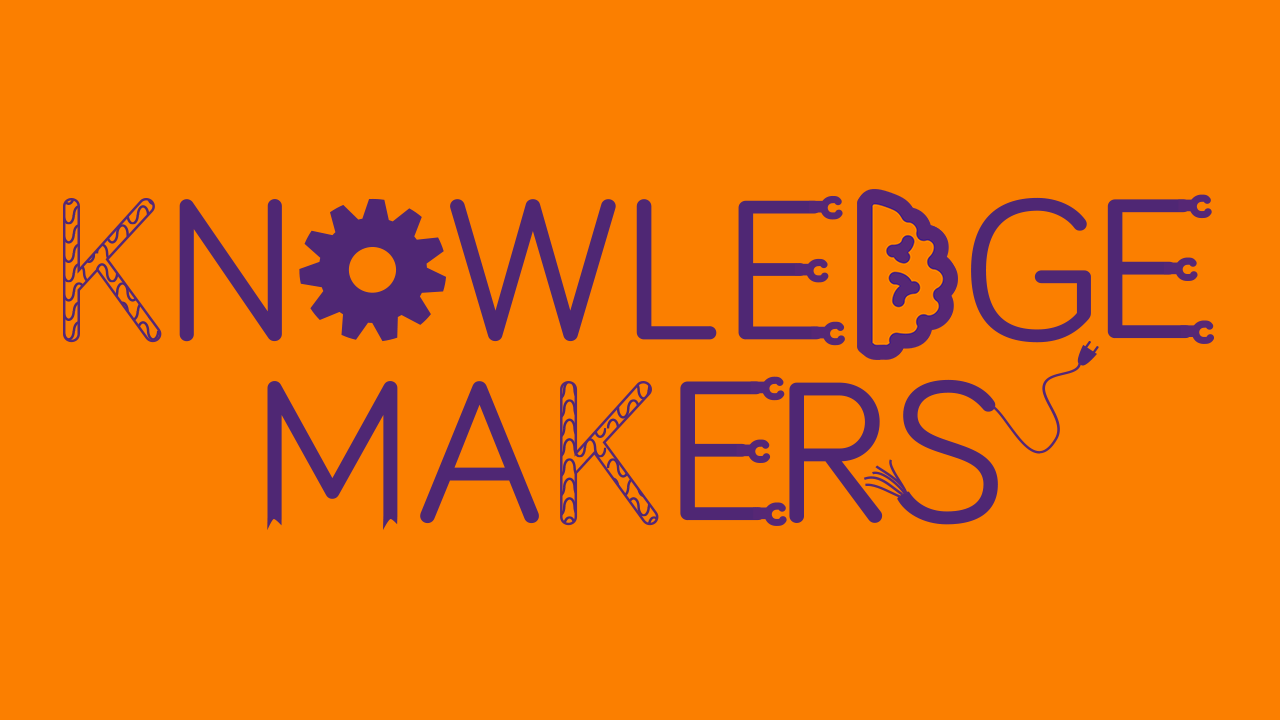Tech Report
Multi-Perspective Annotation of Digital Stories for Professional Knowledge Sharing within Health Care: Appendices
[We] dream in narrative, daydream in narrative, remember, anticipate, hope, despair, believe, doubt, plan, revise, criticize, construct, gossip, learn, hate, and love by narrative. Barbara Hardy, 1977.
This technical report contains supplementary data and findings from PhD research*, summarised in the abstract as follows:
"This thesis investigates the potential of narrative theory to inform the design of tools for sharing and annotating stories, in the context of professional knowledge sharing. It begins with a detailed review of the literature on modelling narrative, to establish the theoretical foundations for a narratologically-grounded annotation schema. Medicine is then selected for a tri-part study, since narrative-based approaches in healthcare education and practice are seen by many as significant.
The first part seeks evidence of narrative among medical professionals communicating spontaneously and informally online. The frequency and range of stories identified shows that this appears to be a common and valued mode of communication.
The second part envisions a Web story database (“storybase”) supporting flexible annotation grounded in a narratological metadata scheme. The model draws on various narrative structure theories, and in particular, point-structure. A story can be annotated via a graphical user interface on various dimensions, enabling multiple interpretations and dimensional weighting to facilitate the subsequent organisation, query and retrieval of stories.
The third part analyses users annotating representative samples of the stories abstracted from the corpus in part 1. Data is analysed quantitatively (annotation value clustering, questionnaire responses and task phase durations) coupled with a qualitative account of participant behaviour based on grounded theory video analysis. While this study has limitations, it validates both the expressiveness and usability of the story annotation schema, and shows that participants found the experience to be enjoyable and stimulating. Interaction analysis demonstrates the centrality of interface design in shaping annotation behaviour. This work motivates further storybase research, informing the design of future studies and storybase technologies."
This report also has three parts: Part A, B and C. Part A contains the stories identified in the first part of the tri-part study and may be read in conjunction with Chapter 4 of the thesis. Parts B and C contain respectively, users action and interaction data from the third part of this study; these may be read in conjunction with Chapters 8 and 9.
* Technical Report KMI-09-02, Knowledge Media Institute, The Open University, UK. http://kmi.open.ac.uk/publications/pdf/kmi-09-02.pdf
Publication(s)
Kwiat, J. (2009). Multi-Perspective Annotation of Digital Stories for Professional Knowledge Sharing within Health Care: Appendices. Technical Report KMI-09-03, Knowledge Media Institute, The Open University, UK. http://kmi.open.ac.uk/publications/pdf/kmi-09-03.pdf






